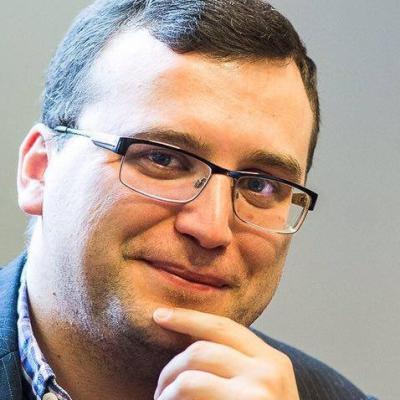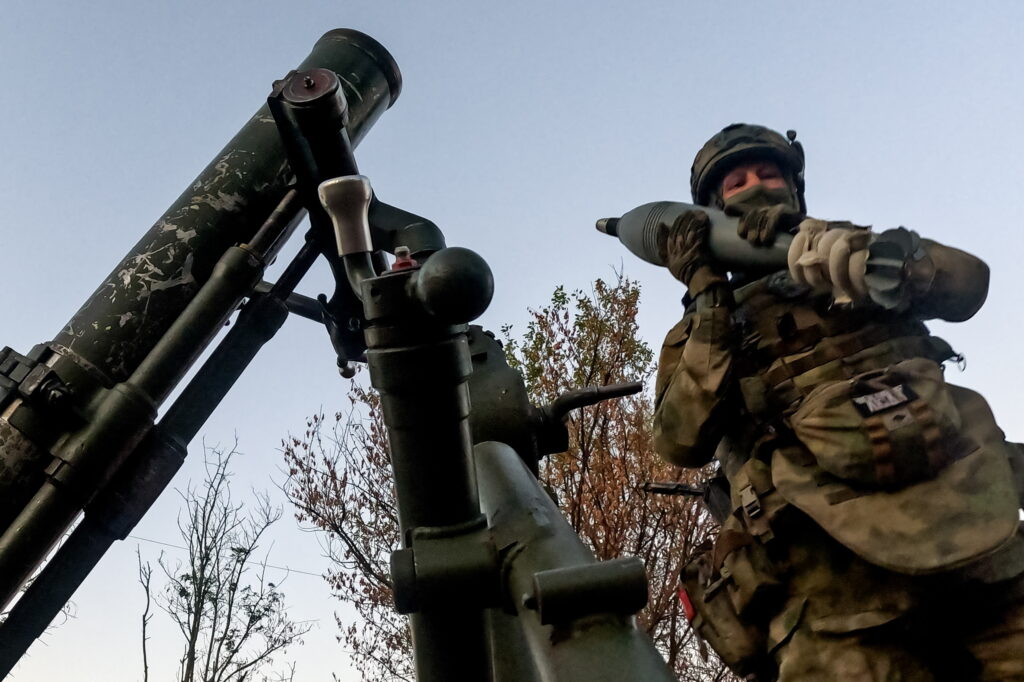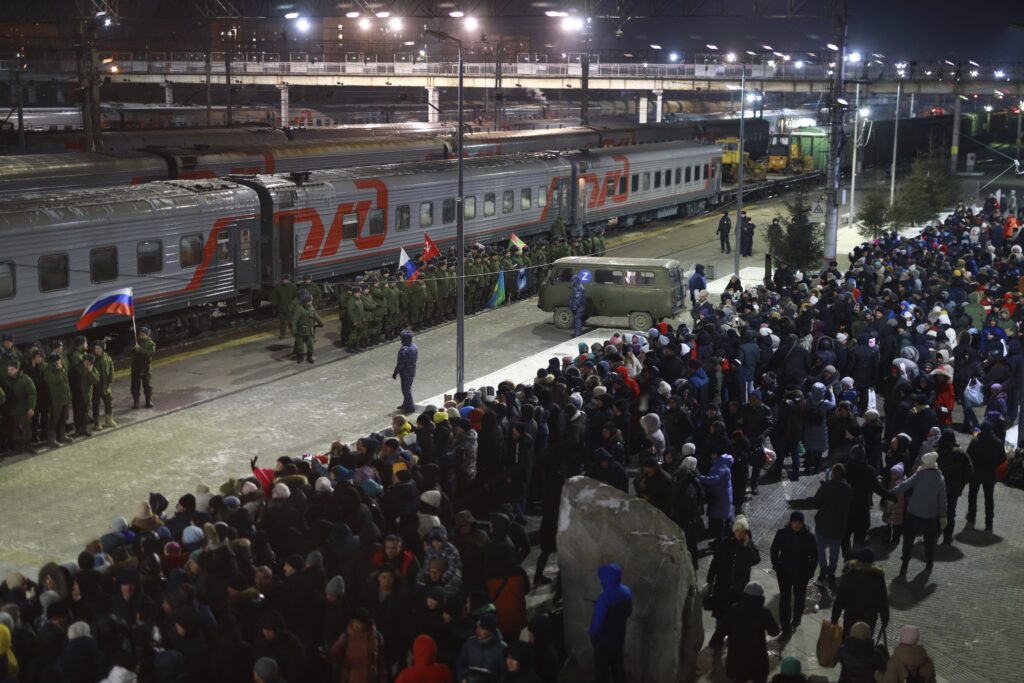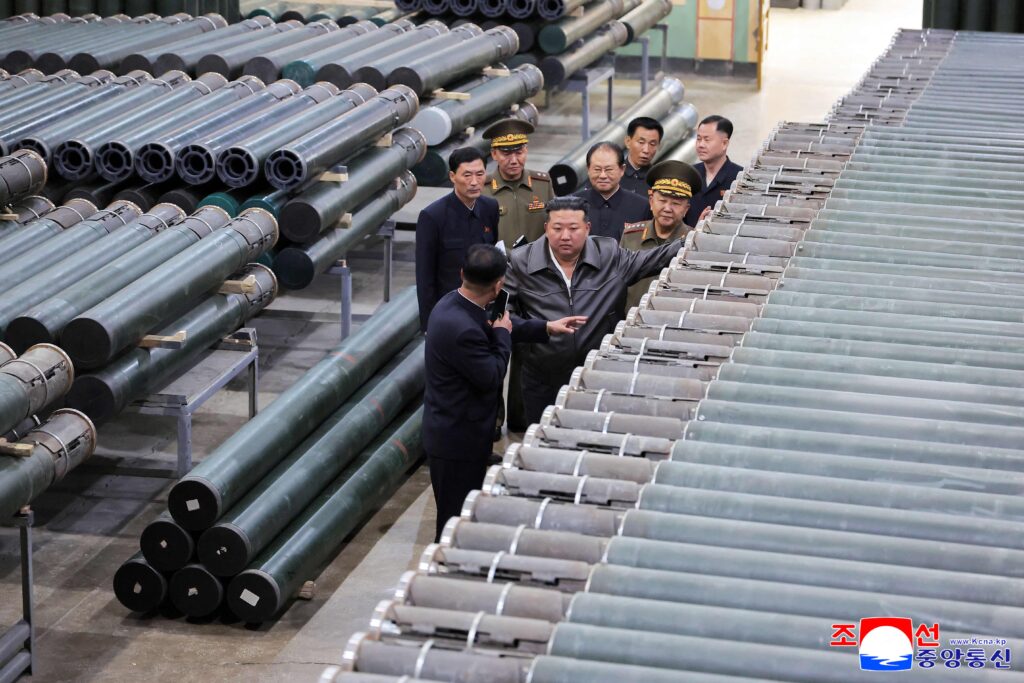This June Vladimir Putin signed a series of decrees. He awarded honorary titles to several regiments and divisions of the Russian army. But something did not sound right about their names. Here they are: The 6th Guards Tank Lvov Regiment. The 68th Guards Tank Zhytomyr-Berlin Regiment. There’s the 163rd Guards Tank Nizhyn Regiment, and the 381st Guards Artillery Warsaw Regiment. There’s even the 400th Motorised Artillery Transylvanian Regiment, or the 102nd Motorised Infantry Slonim-Pomeranian Regiment. Other interesting ones include the 90th Guards Tank Vitebsk-Novgorod Division, and the 150th Motorised Infantry Idritsa-Berlin Division.
Giving honorary titles to these regiments says a lot about Russia’s political system. It is not so much this time about the Russian government’s nostalgia. Nor has it much to do with any paranoid desire to remind everyone constantly about the year 1945. Rather it has to do with a managerial necessity. The step symbolically helps recreate the Soviet army structure in miniature. It is the easiest model for the armed forces under the current authoritarian setup.
Also, this gesture further legitimizes this system in the eyes of the public. In foreign policy, it reinforces Moscow’s confrontation with the West.
Why is this so?
At root, Russian society and the Russian government have different views of the early post-Soviet years. But they agree on one thing: this time marked ‘the collapse of the army’. This has proved a lasting trauma, and the scale of that collapse was vast. In 1989, for example, the army was still able to carry out operations in Afghanistan. Admittedly, it suffered losses there. 14,000 died and about 50,000 were wounded after almost a decade of fighting. And by 1989 they had no hope for victory. But even then they were able to prop up a friendly regime headed by Mohammad Najibullah.
Cut to 1994, and it is another world. There was a military disaster to contend with in Chechnya. Between 5 to 14 thousand soldiers were killed, and up to 20 thousand were injured during the 21 months of the military campaign. Apart from this heavy toll, this war was remembered by Russians as a case where the army and special forces completely lost control. Russia’s military suffered from deficiencies in communication systems, technology and even military uniforms. Neither the public nor the authorities understood why or how this had happened.
It fuelled a belief that the horrors of war and Russia’s impotence came from one place: The influx of western capitalism and democracy. This view was one of the factors that paved the way for the restoration of the authoritarian regime in Russia. This regime denies freedom and private enterprise. It also believes that the presence of a powerful army, following the footsteps of the ‘heroic Soviet army’, is one of its legitimising pillars.
The main contradiction is that when the Soviet Union collapsed Russia had no army at all. After 1945, the Soviet army was mostly stationed outside Russia. By the end of the 1980s, the Soviet Armed Forces formally numbered 3.9 million people, although the difference between the official and real numbers of troops could have reached hundreds of thousands of people, as claimed by the authors of the book ‘The Soviet Army in the Cold War (1945–1991)’ (Feskov et al.). The numbers of conscripts in those years are the evidence. Each spring and autumn, 650–750 thousand recruits went to the army for a two-year military service. This figure was matched with no more than 500–600 thousand officers.
Of all these troops, 600,000 were in the Warsaw Pact countries (of which 340,000 in Germany alone) and Mongolia. Those were the most prepared, well-manned and equipped Soviet forces. They were on the front lines of any potential confrontation with NATO. Secondly, since they stationed outside the USSR, they drew the best officers and soldiers there. Even in Afghanistan, a solid share of Soviet commanders had experience of service in East Germany or other USSR allied countries as opposed to within the USSR itself.
Another 1.5 million Soviet servicemen served in the USSR republics outside Russia. Of these, more than half were located in Ukraine, Belarus, Moldova and the Baltic countries. Those republics had vital warehouses and equipment bases. And these bases would have proved crucial in the event of any war with NATO. New weapons and military equipment went primarily to those locations. (And until 1989 also to Afghanistan). The logic was simple. This would be closer to a potential theatre of military operations. It is of no surprise that regiments with European names were in fact based there.
As regards the territory of Russia today, it formally had 1.3 million Soviet servicemen (plus the military personnel of scientific research institutions reporting to the Ministry of Defence, universities, repair plants, etc.). The lion’s share was the fleet and nuclear forces. Both were for the most part located in Russia. They numbered over 400 thousand and over 300 thousand people respectively.
As for land units on the Russian territory, most of them had limited numbers. In the event of a war with NATO, reservists and new recruits would fill the gaps and sent to the West to fight. Those units were also in charge of storage facilities with obsolete weapons, equipment and uniforms. Officers in such units had a very low level of training.
The withdrawal of Soviet troops from Eastern Europe began in the late 1980s with the collapse of the Berlin Wall. Completion was expected by 1994. The collapse of the USSR totally upset the logistics of this process. The redeployment and reduction of the Soviet army was nightmarish enough. But the urgent need for a profound reform of the army was already obvious back then. So by the beginning of the Chechen war, Russia had neither people nor enough equipment. Operations in local conflicts were a disaster waiting to happen.
Forces that are safe for the Kremlin
Little changed in years. Except, that is, the number of soldiers in the nuclear forces and the navy declined. Yet by the summer of 1999, Russia conducted its first large-scale military exercises after the collapse of the USSR under the name of ‘West’ – or in Russian, Zapad. At the same time, it failed to assemble 100,000 people to fight against the militants in Chechnya and Dagestan. Even though the army formally had more than 1 million people. It was only after the war with Georgia in August 2008 that Moscow reformed its army. It also began a serious rearmament.
The key to understanding why the Kremlin could not change anything in the Russian army for almost two decades? That is down to a fundamental political contradiction. On the one hand, it needed effective military forces. On the other hand, those armed forces had to be loyal. And that meant loyal to a leadership whose worsening corruption was in plain sight. This goal of loyalty above all else looked even more relevant against the backdrop of coup attempts involving the army in 1991 and 1993. The main goal was to make sure that officer corps remain submissive. In no way should they surpass the ruling class. That meant stunting their moral and intellectual qualities. The idea was an army ready to defend the state’s interests in modern-day conflicts. But without asking unnecessary questions.
The Kremlin did not have an understanding of how to resolve this contradiction. Neith did it have resources for that purpose until the late 2000s. The official number of military personnel remained at 1 million people. It was a figure that was too high for Russia’s real defence needs. But it enabled it to maintain the status of one of the world’s largest military powers. This high figure also helped to ensure that the army will not aspire to play a political role in any circumstances. Why? Because when military institutions were large and clumsy, joint communications and action between sub-units would be very hard. Especially subversive joint action.
Some forces within the army are capable of fighting. For the time being, they are still fragmented enough so as not to pose a threat to the Kremlin. They can only come together on the battlefield. This is why the units fighting in Ukraine or Syria are not proper combatant forces. Instead, they assemble as task forces on a temporary basis. For these purposes, battalion tactical groups, air squadrons, etc. are assembled from a variety of different military divisions. The dirtiest work gets delegated to informal and semi-criminal groups. These get mis-labelled as ‘private military companies’. It is an approach that helps to neutralise factors that could politicise the army.
At the same time, compensation for officer corps is rising. It has now reached a level above the country’s average. This has helped to turn officers into the beneficiaries of Russian authoritarianism. And it boosts their motivation to maintain the status quo.
Back to why the Kremlin has attempted to make a small reproduction of the Soviet army in its last days. Only this model can meet its domestic and foreign policy needs, much like the Soviet army met similar needs when the Bolsheviks were at power. Since the late 1970s and during the 1980s, there were also lots of military textbooks. These involved the use and deployment of precision weapons and electronic command and control systems. Nothing had to be invented from scratch. Much of it is still in use today.
The official appropriation of Soviet honorary names by Russian military units is about formalizing these efforts. It is about symbolism, of course. It does legitimise the authoritarian regime in the eyes of Russians by heralding a glorious past. However, the main problem is that the Russian authorities might really believe the mythos. The incorrect view, for instance, that they have an army capable of fighting against the West. That was the case 30 years ago. It is not the case today by any stretch of the imagination. The second problem is that during the last few centuries, this army was used to defend the interests of a narrow ruling group. It did this instead of serving the country and the society. But was never, in the end, successful. The Tsars fell. So did the Commissars. The existence of a Berlin Division near Rostov-on-Don or a Transylvanian Regiment in the Ural Mountains is unlikely to make a difference in this respect.










